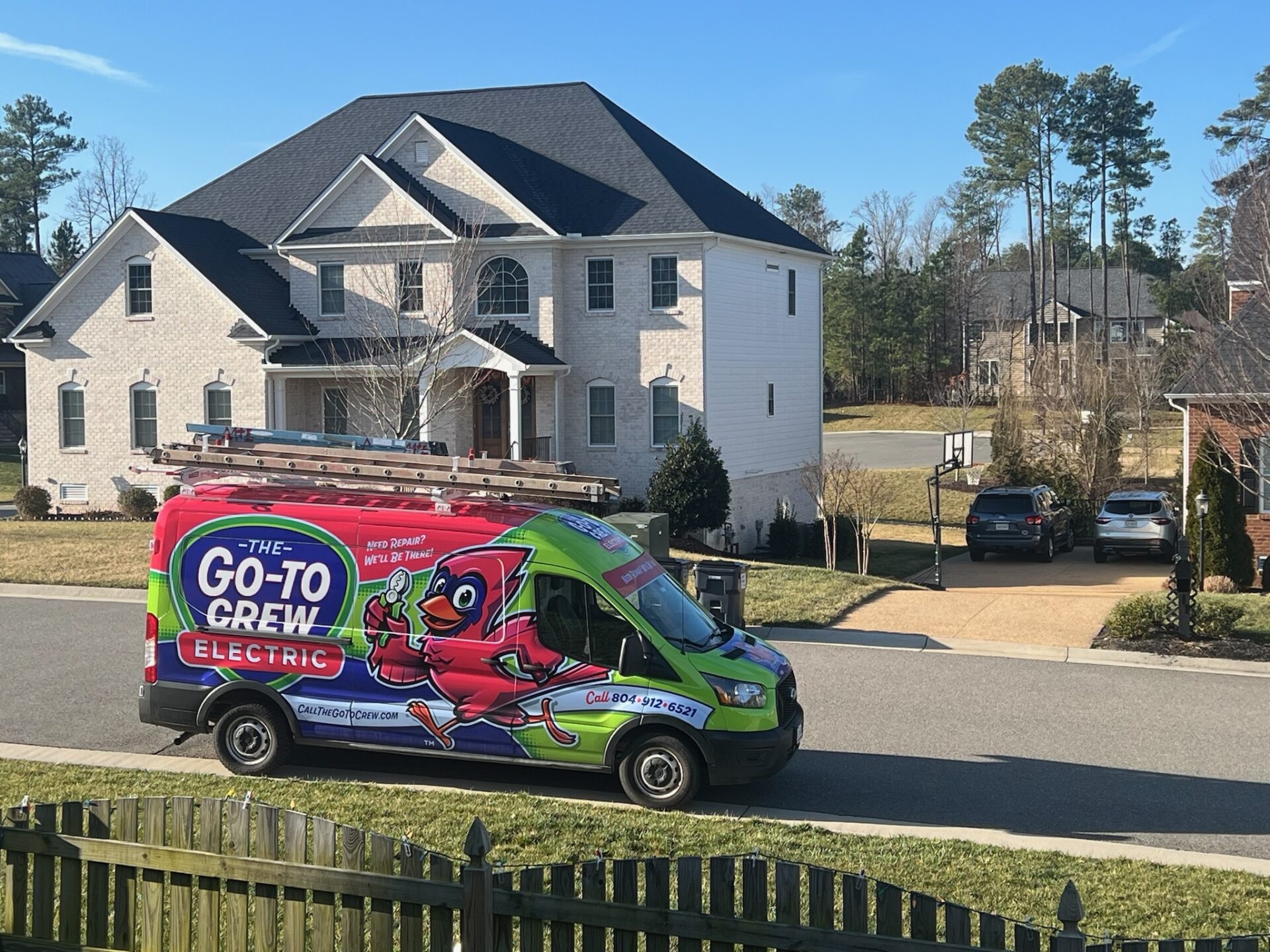Whether you’re looking to enhance your home’s curb appeal, increase safety and security, or create a cozy outdoor ambiance, understanding the ins and outs of outdoor lighting is essential.
In this guide, we’ll walk you through everything you need about outdoor lighting installation, from planning and design to fixture types and maintenance tips. Let’s illuminate the path to creating a stunning outdoor space together!
Planning Your Outdoor Lighting Project
Before diving into outdoor lighting installation, developing a comprehensive plan to ensure optimal results is essential. Consider the following factors during the planning phase:
- Purpose: Define the primary objectives of your outdoor lighting project, whether it’s enhancing safety and security, highlighting architectural features, or creating ambiance for outdoor entertaining.
- Areas to Illuminate: Identify critical areas of your outdoor space that require lighting, such as pathways, driveways, entryways, patios, decks, gardens, and landscaping features.
- Lighting Requirements: Determine the type of lighting needed for each area, including task lighting for safety and functionality, accent lighting for aesthetics, and ambient lighting for ambiance.
- Power Source: Consider whether to power your outdoor lighting with electricity, solar energy, or low-voltage systems, as well as access to power sources and environmental considerations.
- Budget and Timeline: Establish a realistic budget and timeline for your outdoor lighting project, considering the cost of fixtures, installation, and additional features or upgrades.
Types of Outdoor Lighting Fixtures
Outdoor lighting fixtures come in various types, each serving specific purposes and aesthetic preferences. Here are some common types of outdoor lighting fixtures:
- Wall Lanterns: Wall lanterns are mounted on exterior walls and provide ambient or accent lighting for entryways, patios, porches, and outdoor living spaces. They come in various styles, including traditional lantern designs, contemporary sconces, and rustic fixtures, and may feature clear or frosted glass panels to diffuse light.
- Floodlights: Floodlights are powerful, wide-beam lights designed to illuminate large outdoor areas, such as driveways, parking lots, gardens, and sports fields. They provide bright, uniform illumination and are often used for security to deter intruders and enhance visibility at night.
- Spotlights are directional lights that emit a focused beam of light to highlight specific architectural features, landscape elements, or outdoor signage. They are commonly used for accent lighting, landscape lighting, and highlighting trees, sculptures, or outdoor artwork.
- Path Lights: Path lights are low-level fixtures mounted on stakes or posts illuminating pathways, walkways, driveways, and garden borders. They provide safety and guidance for pedestrians while adding visual interest to outdoor landscapes. Path lights are available in various styles, including traditional lanterns, modern bollards, and decorative fixtures.
- Deck and Step Lights: Deck and step lights are installed on outdoor decks, stairs, and patios to improve safety and visibility in dimly lit areas. They are typically low-profile fixtures mounted flush with the surface and come in various shapes and designs, such as recessed, surface-mounted, and post-cap lights.
- String Lights: String lights, also known as cafe lights or bistro lights, are small bulbs suspended between supports to create a festive, decorative lighting effect. They are commonly used for outdoor dining areas, pergolas, gazebos, and outdoor entertainment spaces to create a warm, inviting ambiance.
- Landscape Lighting Kits: Landscape lighting kits include a variety of fixtures, such as spotlights, path lights, and well lights, along with transformers, cables, and accessories for easy installation. Landscape lighting kits are customizable, allowing homeowners to design and illuminate outdoor landscapes effectively.
- Well Lights: Well lights are buried flush with the ground and emit a soft, diffused light upward to illuminate trees, shrubs, statues, or architectural features from below. They are discreet and can be strategically placed to create dramatic lighting effects without being visually intrusive.
- Security Lights: Security lights are bright, motion-activated fixtures designed to deter intruders, enhance visibility, and improve safety around homes, businesses, and outdoor areas. They are typically mounted on walls, eaves, or poles and feature adjustable motion sensors and photocells for automatic activation.
- Post Lights: Post lights are freestanding fixtures mounted on posts or pedestals illuminating outdoor pathways, driveways, entrances, and gardens. They come in various styles, including lantern-style posts, contemporary bollards, and traditional lamp posts.
Choosing the appropriate outdoor lighting fixtures and strategically placing them throughout your spaces can enhance safety, security, and aesthetics while creating a welcoming and enjoyable outdoor environment.
Benefits of Outdoor Lighting
Investing in outdoor lighting offers numerous benefits for homeowners and property owners:
- Enhanced Safety and Security: Outdoor lighting improves visibility and deters intruders, reducing the risk of accidents and crime.
- Extended Living Spaces: Well-placed outdoor lighting extends the usability of outdoor spaces, allowing for evening gatherings, dining, and relaxation.
- Increased Curb Appeal: Thoughtfully designed outdoor lighting enhances the aesthetic appeal of your home, creating a warm and welcoming atmosphere for guests and passersby.
- Highlighted Landscaping: Landscape lighting accentuates the beauty of trees, plants, and architectural features, adding depth and dimension to your outdoor environment.
- Energy Efficiency: LED outdoor lighting fixtures offer energy-efficient illumination, reducing energy consumption and lowering utility bills over time.
Installation Tips and Considerations
Proper installation is crucial for ensuring the effectiveness and longevity of your outdoor lighting system. Here are some tips and considerations to keep in mind:
- Safety First: Always prioritize safety when installing outdoor lighting, including proper grounding, waterproofing, and adherence to electrical codes and regulations.
- Strategic Placement: Position outdoor lighting fixtures strategically to maximize effectiveness and minimize glare, shadows, and light pollution.
- Consider Voltage: Choose between line-voltage (120 volts) and low-voltage (12 volts) lighting systems based on your budget, landscape layout, and installation preferences.
- Test Before Installing: Before permanently installing outdoor lighting fixtures, test their placement and performance to ensure optimal illumination and aesthetics.
- Professional Installation: For complex projects or installations involving electrical wiring, consider hiring a licensed electrician to ensure safety, code compliance, and proper integration with existing electrical systems.
Maintenance and Care
To keep your outdoor lighting system looking and performing its best, follow these maintenance tips:
- Regular Cleaning: Clean outdoor lighting fixtures regularly to remove dirt, debris, and corrosion that may accumulate over time and diminish light output.
- Replace Bulbs: Replace burned-out or dimming bulbs promptly to maintain consistent illumination levels and prevent premature failure of the lighting system.
- Inspect Wiring: Periodically inspect outdoor lighting wiring, connections, and junction boxes for signs of wear, damage, or deterioration, and repair or replace as needed.
- Trim Vegetation: Keep vegetation trimmed and clear of outdoor lighting fixtures to prevent obstruction and ensure optimal performance and visibility.
- Winter Preparations: In colder climates, protect outdoor lighting fixtures from frost, snow, and ice damage by covering or winterizing them as necessary.
At The Go-To Crew Electric, we provide top-quality outdoor lighting solutions and expert installation services to transform your outdoor environment.



